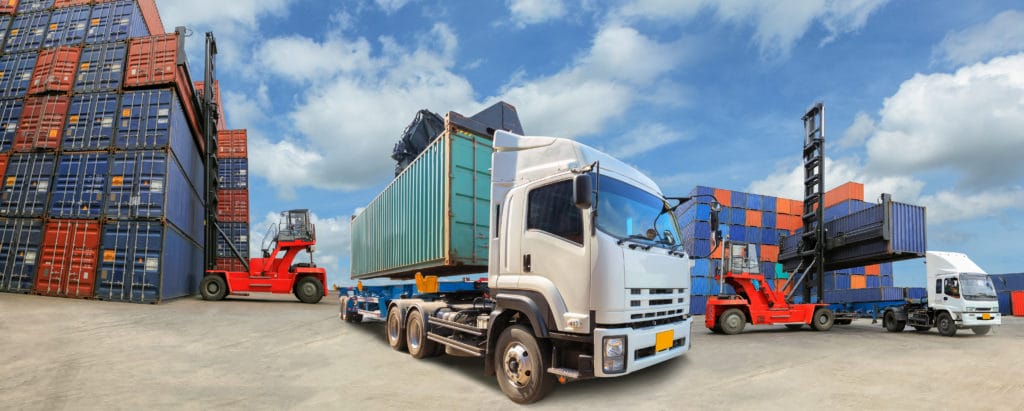Digital Innovations And Trends For The Mining Industry

The mining industry is on an upward trajectory of growth, primarily aided by technological innovations. Over the last decade, exploration and mining have always been challenging. With the aid of technology, you can extract ores in situ in the most difficult terrains, unlike before. In addition, mining is now possible in deep seas. All these possibilities can be credited to the current digital innovations and trends.
That said, if you’ve got an interest in the mining sector, you must familiarize yourself with the modern technological advances in mining. Whether you’re a student pursuing a career path in this industry or an investor with a vision to make a good fortune, it’s essential to consider incorporating relevant mining technology to level up your processes.
To help you out, below are some digital innovations and trends driving the mining industry.
- Digital Twins
Digital twins refer to a digital replica of real-world things. This technology is effective with the inclusion of other technologies like artificial intelligence (AI), machine learning (ML), the Internet of Things (IoT), and data analytics, among others.
With digital twins, technology is used by mining operators to manage mining equipment and devices. As such, you can capture the entire picture of a mining site and create a digital twin to facilitate planning, installation, and use of mining technology.
Once you’ve created a digital twin, you can use it for simulation purposes. This allows you to visualize possible ways of improving and leveling up a mining site and operations at this level. It might be through adding specific equipment or technology.
- Internet Of Things (IoT)
Today, it’s almost only possible to carry out significant business operations with the help of IoT technology. IoT refers to the interconnection of intelligent devices and equipment. These devices and equipment, through IoT technology, can listen to each other and exchange data.
The protocol device used in IoT communication is Message Queuing Telemetry Transport (MQTT). This communication protocol is called the publisher-subscriber model. In this model, one device in the network publishes information, and subscribers can listen and respond to the published data for the rest of the devices. Moreover, subscribers can become publishers.
The purpose of smart devices is to capture real-time data in their surroundings. For instance, you can have monitoring sensors on mining tailing dams to track pore water pressure. Pressure might change in a fraction of a minute, endangering the mining site.
Thus, the data from the site is transmitted for storage in the cloud. This data stored in the cloud can be used to track trends during data analytics. This information is critical in making informed decisions. On the other hand, the information signal from a smart device might be used to activate an actuator that performs a specific action.
- Robotics
The use of robots has also found its way into the mining industry. They’re applicable in deep underground mining where humans might not go due to exposure to dangers such as cave-ins and hazardous gases. In such cases, robots would be ideal.
You can use robots to navigate flooded mining sites. In addition, you can use robots to search for minerals in a mining site or lost equipment. To do this, you can install robots with sensors to help detect new minerals during exploration.
Moreover, robots can be used for inspection, especially in significantly automated sites. With a robot fitted with high-definition cameras, you can move remotely from one area of the mine.
In the case of abandoned mines, you should inspect the site before you resume mining work. And an inspection robot can help you do that. You can move your robot into the tunnels and deep into flooded areas.
- Employee And Equipment Tracking
This is a common trend in mining operations to improve workforce safety. As a result, you can give your employees wearables to monitor where they’re in the mine in real-time. The wearables use radio frequency identification (RFID) for real-time monitoring and visibility. For example, in an evacuation emergency, you can quickly send help to the exact position, minimizing the possibility of losing lives.
On the other hand, you can track your equipment, especially the automated ones. Say one of your equipment breaks down or stops sending real-time feedback. In this case, you can locate it with a tracker for repair.
- Drones
Drones are essential and efficient for mining surveillance. One way to use drones for mining is by deploying them with a camera for capturing still and motion pictures of the site. Moreover, it can be used for delivery purposes. The advantage of a drone is that it can be controlled remotely, thus saving your inspection, delivery, and surveillance time.
Final Thoughts
Lensa shares how global energy needs are high, along with needs for competent workers. The innovations available today in the mining industry make it possible to meet the rising demand for minerals globally. As a result, this article gives you a heads-up about the common trends and innovations driving the mining sector.
